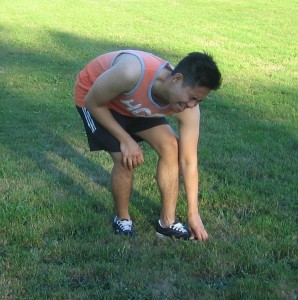Bunions are considered as a common deformity of the foot in which the base of the big toe is pushed in an outward manner, causing the big toe to lean on the second toe. It is important to note that this misalignment causes the formation of the bump which is called as a bunion. As the condition progresses, it can lead to a decrease in the function of the big toe, resulting to substantial pain. Even though bunions can cause enough pain to interfere with participation in sports or exercise, those who exercise should not worry since it cannot worsen or trigger quicker progression of the bunion.
http://youtu.be/HNHvjnHwvyU
What are the causes of bunions?
There are different causes of bunions. Take note that bunions are usually caused by hereditary factors or the defective mechanical structure of the foot. Bunions are also caused by using shoes that constantly crowd the toes.
Symptoms
The bunions can cause soreness or pain at the site of the big toe. Symptoms such as redness, inflammation, burning or numbing sensation can occur. A distinctive indication of a bunion is the visual deformity. If you want to learn how to manage the symptoms of bunions, click here.

Treatment for bunions
The pain caused by the bunion can be treated with conservative first aid measures and treatment that includes using appropriate footwear, application of an ice pack on the bunion, administering anti-inflammatory medications, using orthotic devices, placing padding over the bunion for comfort and even injection therapy to treat the inflammation. Always bear in mind that these methods will not reduce or completely eliminate the bunion. In severe cases, surgery might be required to remove the bump and restore the alignment of the big toe.
Exercise
The individual must be encouraged to modify his/her activity level as a conservative way to treat the bunion. The individual must avoid walking or standing for long periods of time. Exercises that cause pain in the foot must also be avoided. It is vital to remember that exercise cannot eliminate the bunions or increase the progression. The pain can be felt during exercise at the site of the bunion due to lack of movement in the big toe. For severe pain that occurs during exercise, the individual must stop exercising. For those who want to stay active with a bunion, it is best to consider non-weight bearing activities including swimming, cycling and using an elliptical machine.
Physical therapy
Take note that physical therapy can be utilized in maintaining the range of motion and flexibility in the big toe after being diagnosed with a bunion. Physical therapy can also be recommended after bunion surgery in order to boost the strength in the foot as well as encourage movement in the large toe. If the individual has undergone surgery, he/she must not exercise until the doctor has given approval.
